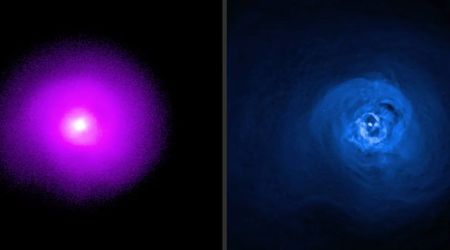Astronomers stunned as JWST just spotted a 'Big Red Dot', a supermassive black hole devouring the early universe
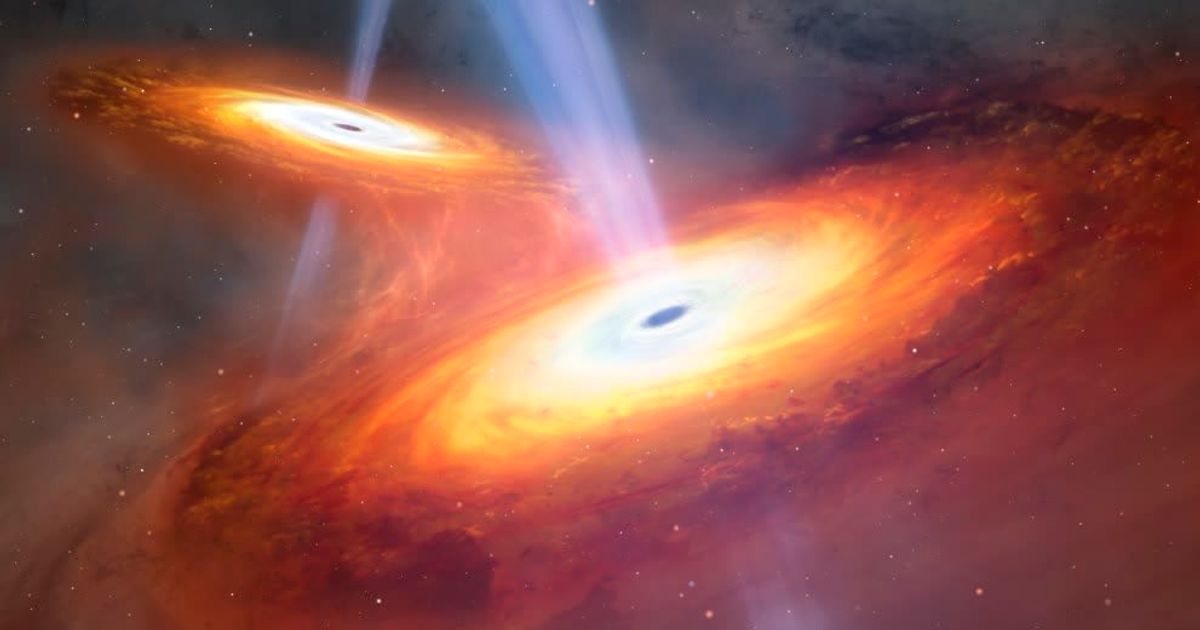
Astronomers utilizing the James Webb Space Telescope (JWST) have identified a supermassive black hole, dating back to the universe's "cosmic noon" — an epoch occurring approximately 4 billion years after the Big Bang. This object has been classified as a "little red dot" (LRD), an extremely compact object whose nature remains debated. This significant finding, published online on Thursday, October 30, in the journal Astronomy & Astrophysics, offers new clues in the enduring puzzle of how these colossal objects rapidly achieved masses millions to billions of times that of our Sun, especially so early in cosmic history. Scientists have been in search of these mysterious spots of red light (called "little red dots"), discovering them through the powerful infrared eye of JWST, which is worth $10 billion. However, with a mass equaling 100 million times that of our sun, the term "Big Red Dot" (BiRD) seems to suit the newly discovered black hole better.
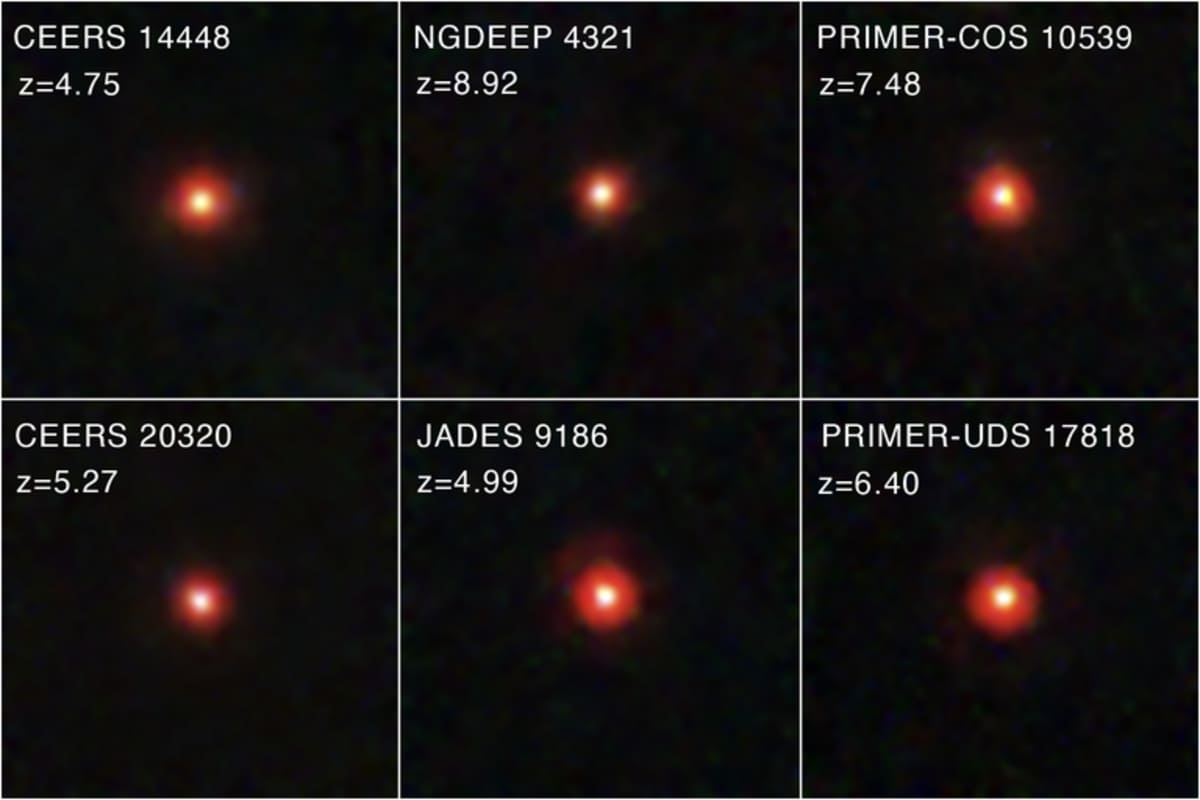
BiRD was detected within the field surrounding the well-studied quasar J1030+0524, located about 12.5 billion light-years away from Earth, as per Space.com. The research team, affiliated with the National Institute for Astrophysics (INAF), noticed BiRD as an unexpectedly bright, point-like source in images captured by the JWST's Near-Infrared Camera (NIRCam), a feature completely missed by prior X-ray and radio surveys of the area.
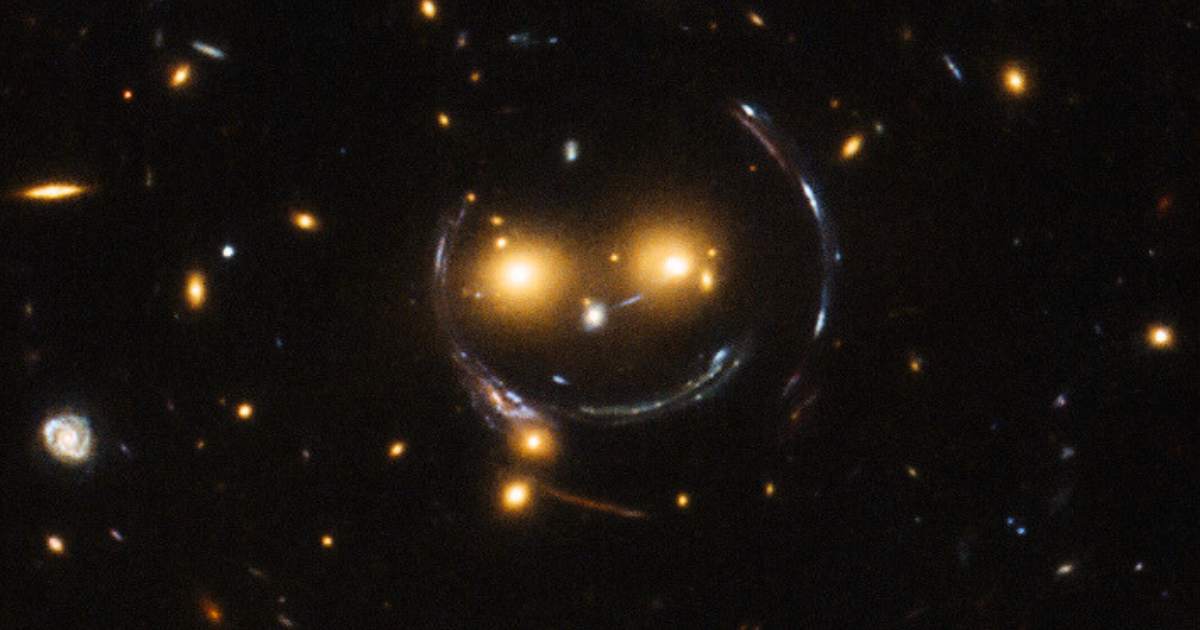
Team leader Federica Loiacono confirmed the initial detection. "Starting from the calibrated images, a catalog of the sources present in the field was developed. It was there that we noticed BiRD: a bright, point-like object, which, however, was not a star and did not appear in the existing X-ray and radio catalogs." Subsequent spectral analysis confirmed the object's nature, revealing definitive "fingerprints" of ionized hydrogen (Paschen gamma in particular) and helium, allowing researchers to estimate the location of BiRD as much closer than any other red dots in the past.
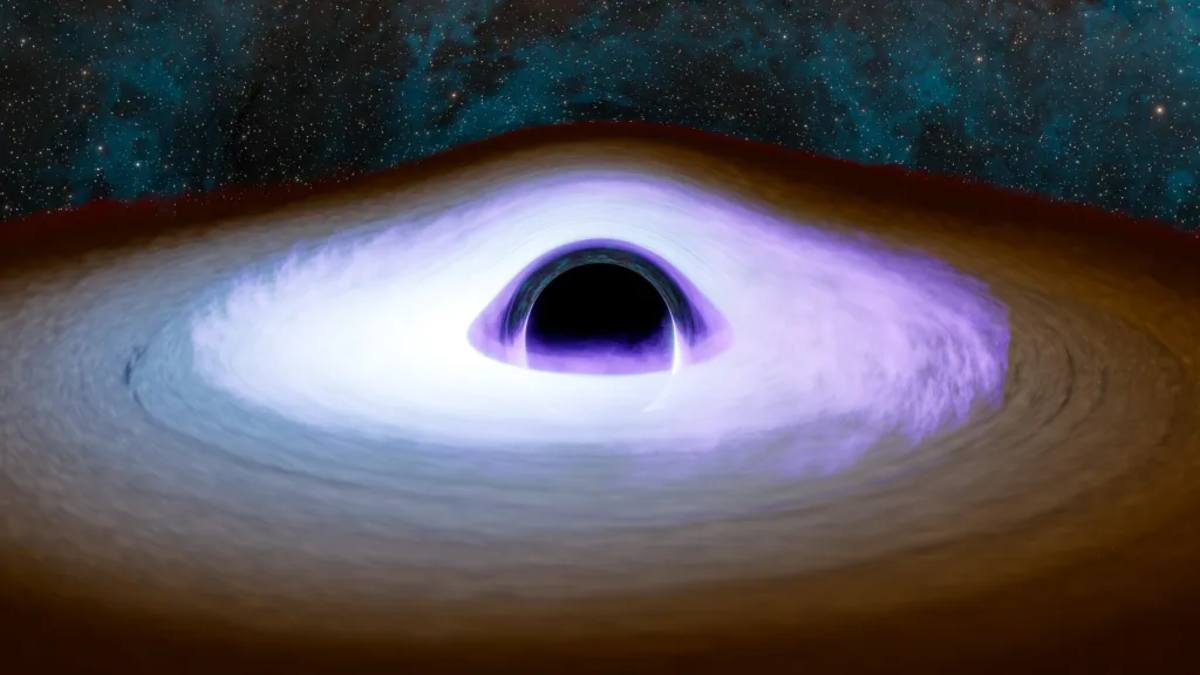
A key mystery surrounding ravenous black holes is that they typically emit powerful X-rays, yet LRDs, including BiRD, do not show this signature. One leading hypothesis suggests LRDs are massive black hole 'seeds' still enveloped by thick shells of gas and dust.
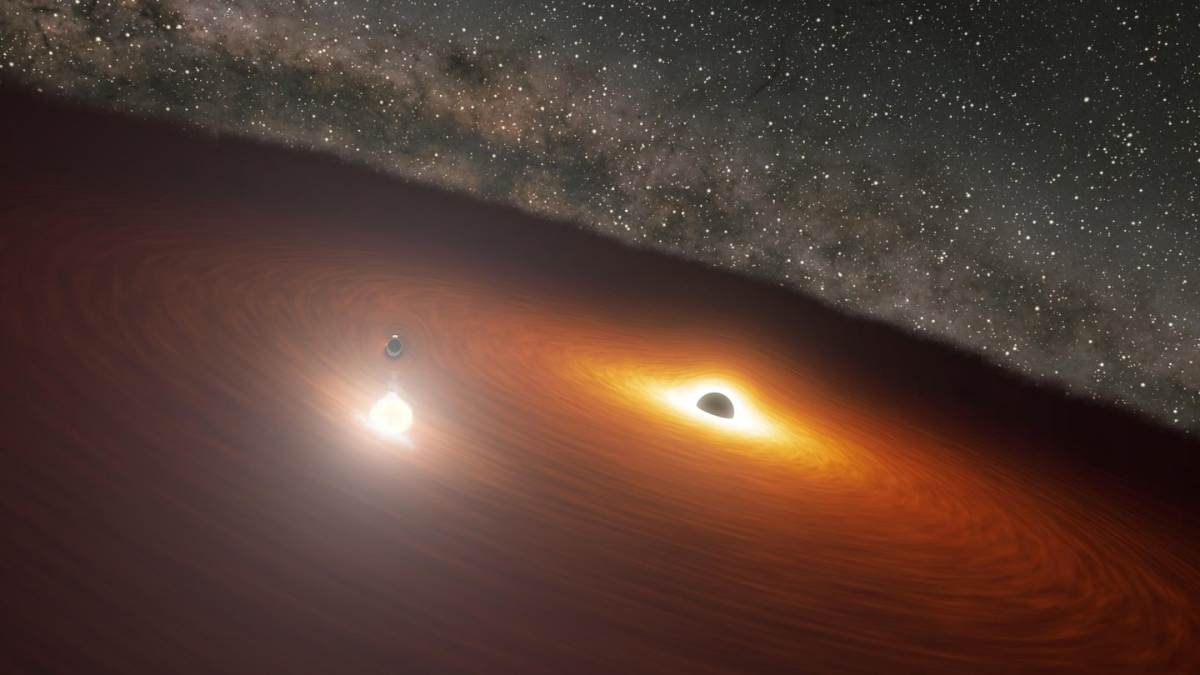
This shroud would effectively absorb high-energy X-rays while permitting lower-energy infrared light, like that detected by JWST, to escape. Loiacono explained that BiRD fits neatly into this classification: "Before BiRD, only two other little red dots with the same spectral characteristics, including helium lines and Paschen gamma rays, were known at this same cosmic distance." He further added, "This led us to conclude that BiRD belongs to the same family as little red dots."
Furthermore, the team's calculations suggest LRDs remained more abundant during cosmic noon than previously theorized, challenging the idea that these objects had largely vanished by that time. The discovery of BiRD highlights JWST's capability to reveal previously unseen astrophysical phenomena. Loiacono concluded that the challenge moving forward is to expand the study: "The challenge now is to extend the study to a larger number of nearby LRDs, which we can study in greater detail than distant ones, to build a more complete picture." This monumental detection not only adds a new member to the mysterious 'little red dot' family but also reshapes our timeline for when the universe's most massive structures began to form. The continuing observations from the JWST promise to unveil even more secrets about these ancient, ravenous celestial bodies.
More on Starlust
Astronomers uncover 'most pristine' star, a cosmic relic from the early universe
